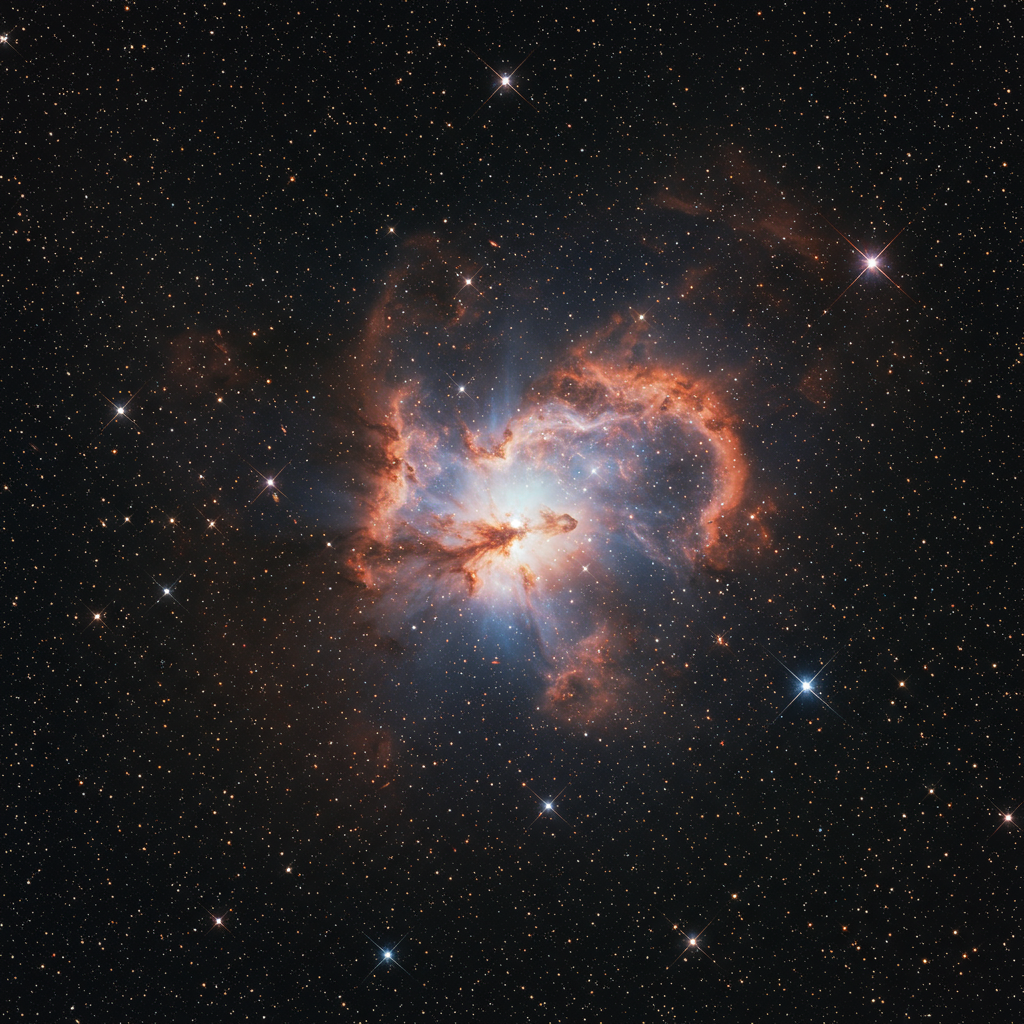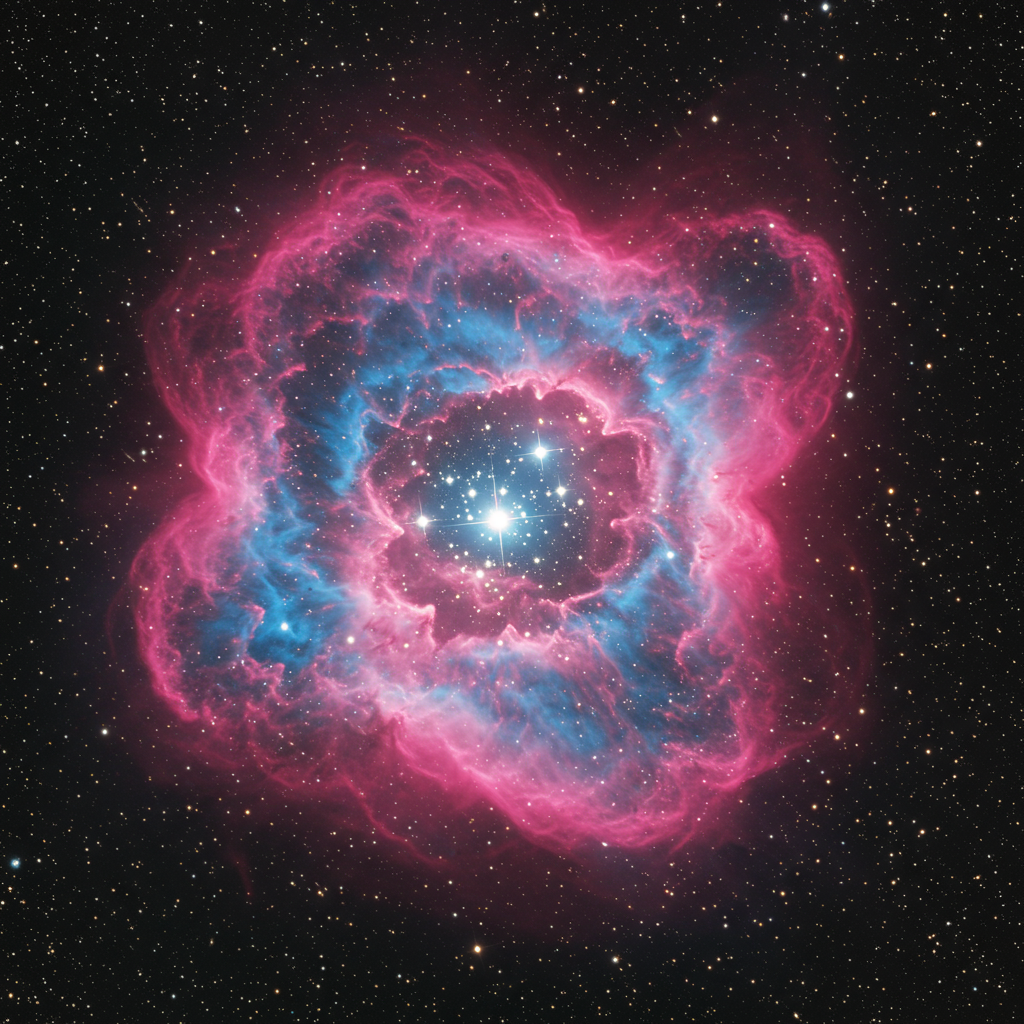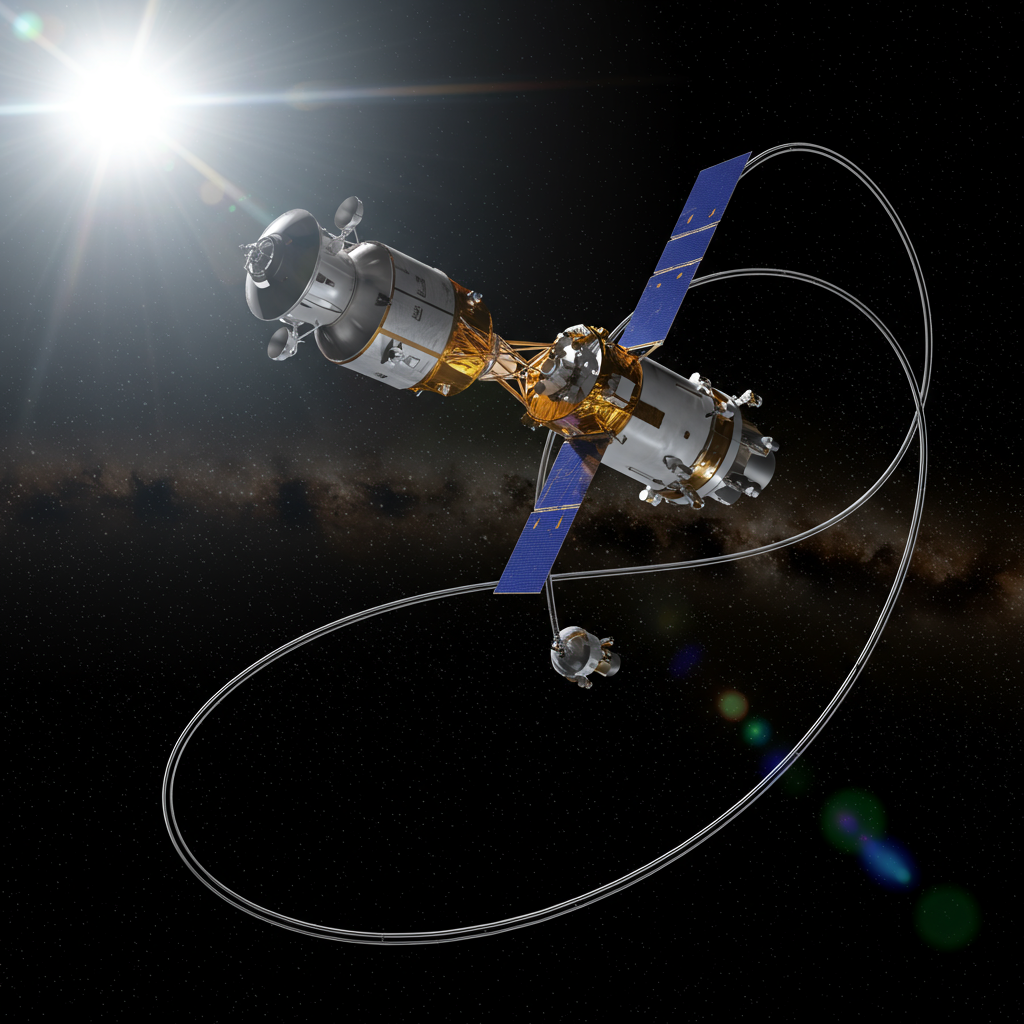Humanity’s First Direct Look at the Sun’s South Pole
For the first time in history, humanity has captured direct images of the Sun’s mysterious south pole. This groundbreaking achievement comes courtesy of the joint NASA and European Space Agency (ESA) Solar Orbiter spacecraft, launched in 2020, which has successfully navigated into an orbital path allowing it to peek beneath the solar equator – a perspective previously unseen by Earth-bound observers or past missions.
Our planet’s consistent orbit lies in a relatively flat plane around the Sun, limiting our view primarily to the star’s equatorial regions. To overcome this limitation, the Solar Orbiter mission employs a clever strategy: using repeated gravitational assists from Venus (and one from Earth) to gradually tilt its orbit relative to the Sun’s equator. These close flybys, including a recent one just 379km above Venus on February 18th, allowed the probe to achieve the necessary inclination. The first historic snaps from this unique vantage point were taken between March 16th and 17th, from approximately 15 degrees below the solar equator, with more detailed images following on March 23rd.
Unraveling Magnetic Mysteries at the Pole
The initial images and data from the Solar Orbiter’s new perspective are already providing fascinating, and sometimes puzzling, insights. One key observation focuses on the Sun’s magnetic field at the south pole. Unlike a simple bar magnet with clear north and south ends, observations from the Solar Orbiter’s Polarimetric and Helioseismic Imager (PHI) reveal a complex scene: the south pole region is speckled with patches of both north (blue) and south (red) magnetic polarity fields present simultaneously.
Scientists describe the current state of the Sun’s magnetic field as “a mess,” and the reason for this mixed-polarity phenomenon at the pole isn’t fully understood yet. However, this intriguing observation is interpreted as a clear signal that the Sun’s global magnetic field is on the verge of flipping, a dramatic event that occurs roughly every 11 years as part of the solar cycle. This magnetic reversal marks the transition from the current period of high activity, known as solar maximum, towards the next solar minimum, when the poles are expected to settle into having predominantly a single polarity each.
Intriguingly, initial observations also suggested that as seen from Earth, both the Sun’s magnetic north and south poles appeared to be located on the southern side of the star – a perplexing observation likely related to this overall complex, pre-flip magnetic configuration observed from the new high-latitude view.
Why Understanding the Sun’s Poles Matters
Understanding the Sun’s behavior, especially its magnetic field and the regions near the poles, is critical for life on Earth and modern technology. As Professor Carole Mundell, ESA’s Director of Science, stated, “The Sun is our nearest star, giver of life and potential disruptor of modern space and ground power systems, so it is imperative that we understand how it works and learn to predict its behavior.” The Sun’s magnetic field drives solar activity, including powerful outbursts of radiation and charged particles that can impact satellites, communication systems, power grids, and data centers on Earth. We narrowly avoided significant damage from a powerful coronal mass ejection in 2012.
Until now, the Sun’s poles were truly “terra incognita” – literally unknown territory. Scientists didn’t know exactly what to expect. Observing these hidden regions, particularly during the lead-up to solar maximum and the magnetic pole reversal, is crucial for understanding how these magnetic changes trigger solar flares and coronal mass ejections. As Professor Sami Solanki, leader of the PHI instrument team, commented, Solar Orbiter has arrived at this unique vantage point at just the right time to follow this complex process.
Cutting-Edge Instruments Yield Revolutionary Data
To capture these unprecedented views and gather data, Solar Orbiter is equipped with a suite of advanced instruments. In addition to the PHI instrument providing magnetic field details, the Extreme Ultraviolet Imager (EUI) provides views of the Sun’s atmosphere, while the Spectral Imaging of the Coronal Environment (SPICE) spectrograph analyzes the composition and movement of plasma in the outer solar shell.
The SPICE instrument is capable of performing Doppler measurements by analyzing variations in the color of light, allowing scientists to clock the speed of ejected star-stuff. Previous missions were limited by grazing views of the poles, making precise Doppler measurements of solar wind originating from these regions challenging. Frédéric Auchère, SPICE team leader, predicts that these high-latitude measurements now possible with Solar Orbiter represent a “revolution in solar physics,” offering a much clearer picture of how and why the Sun expels material into space.
The Stairway to the Sun’s Poles
The Solar Orbiter mission is just beginning its exploration of the Sun’s polar regions. The spacecraft is planned to perform several more Venus flybys (the next on Christmas Eve 2026) to further increase its orbital inclination. It is scheduled to reach an angle of 24 degrees below the equator in December 2026 and eventually achieve a maximum tilt of 33 degrees below the equator by June 2029, entering a pole-to-pole stable orbit by 2030. This progression has been aptly described as the mission’s “stairway to heaven” for solar observation.
While the joint NASA/ESA Ulysses probe previously studied solar magnetic fields from higher latitudes using Jupiter’s gravity in the 1990s, it did not carry cameras. The data from that pioneering mission informed the development of Solar Orbiter, which now brings the crucial imaging capability to complement magnetic field measurements from this unique perspective.
The images and data now arriving from Solar Orbiter mark the beginning of a new era of solar science. By providing direct, detailed observations of the Sun’s previously hidden poles, the mission is set to profoundly transform our understanding of the Sun’s magnetic field, the driving forces behind the solar wind, and the mechanisms of solar activity that impact our world.
References
- <a href="https://www.theregister.com/2025/06/12/solarorbitersouthsolarpole_pics/”>www.theregister.com
- <a href="https://www.theregister.com/2025/06/03/engineersbringpsychesthrustersback/”>www.theregister.com
- www.livescience.com
- <a href="https://www.theregister.com/2025/04/17/nasaswotanalysissmallcurrents/”>www.theregister.com
- <a href="https://www.theregister.com/2025/03/07/intuitivemachineslanding/”>www.theregister.com




